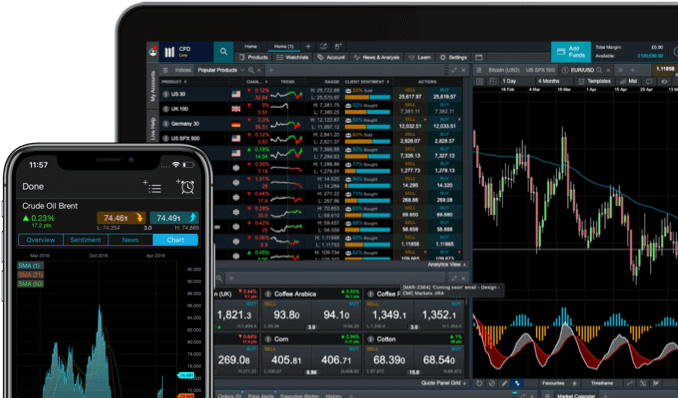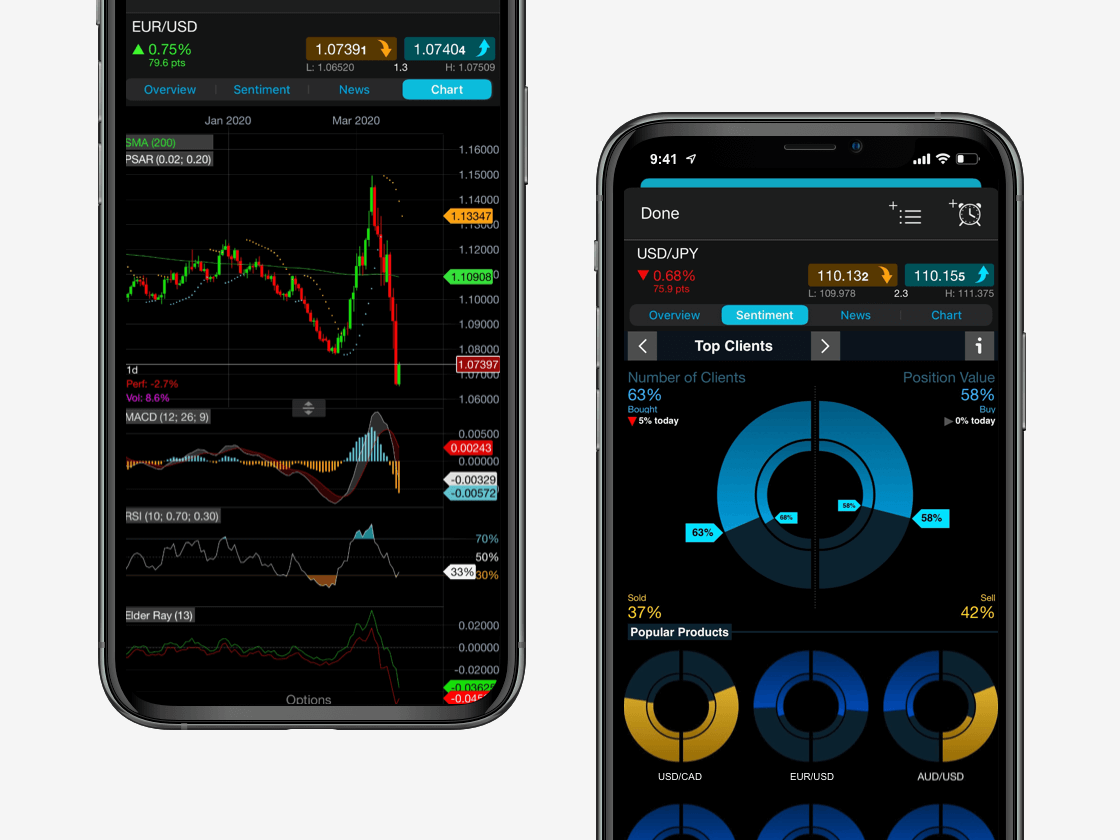Nominal GDP: $16.64 trillion
GDP (PPP): $26.66 trillion
Although China’s purchasing power parity is of a higher figure, its nominal GDP is significantly less than that of the US, leaving it second of the richest countries in the world. However, many consider PPP to be a more indicative and truthful representation of the economy, as it takes into consideration price inflation. China is the world’s largest manufacturing economy and exporter of goods, as well as being the largest country for international trade. The size gap between the US and China’s overall nominal GDP has shrunk significantly over recent years and market analysts predict that China will one day surpass the US in both nominal GDP and PPP aspects.
China’s tech industry is particularly popular with traders, as these are some of the largest and blue chip companies in the world, including Alibaba, JD.com and Baidu. Furthermore, China is a major contributor to the 5G industry, as well as gaming, streaming services, and mobile phone development.
In terms of agriculture, China has the world’s largest agricultural economy that accounts for around 10% of the country’s GDP, in comparison with other developed countries on this list, including the UK and the US, where agriculture only accounts for around 1% of their national GDP. This makes China an all-rounder in terms of global exporting.





